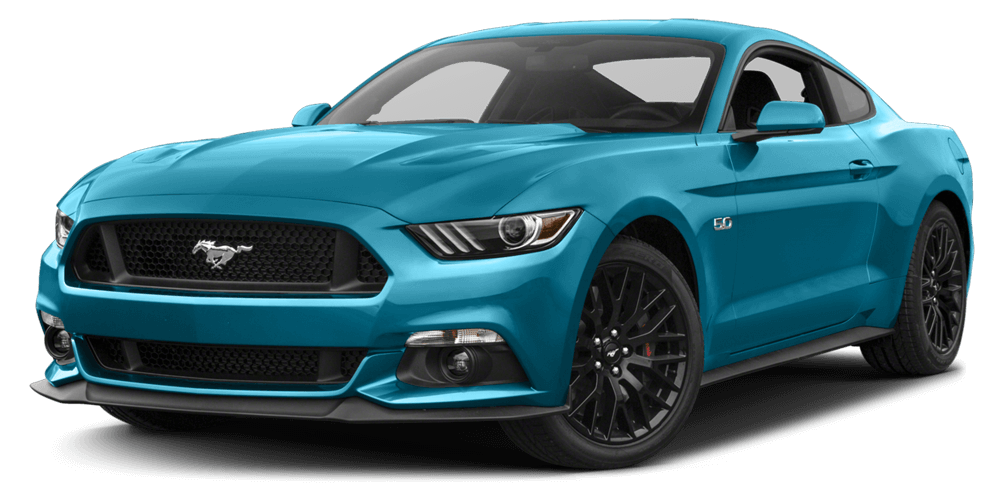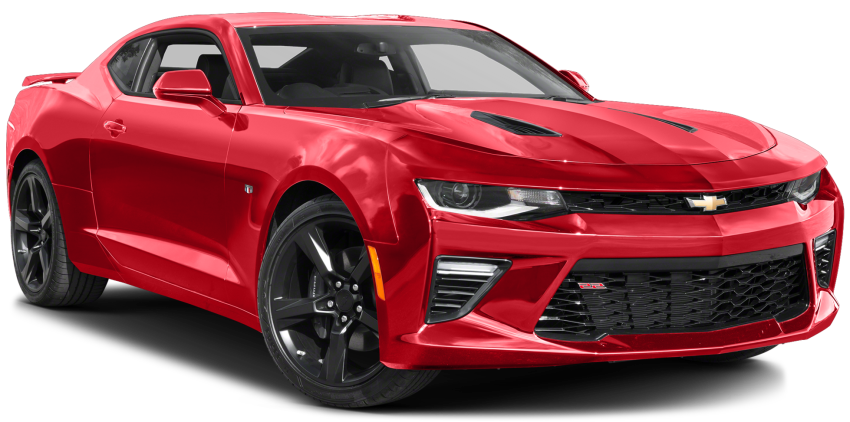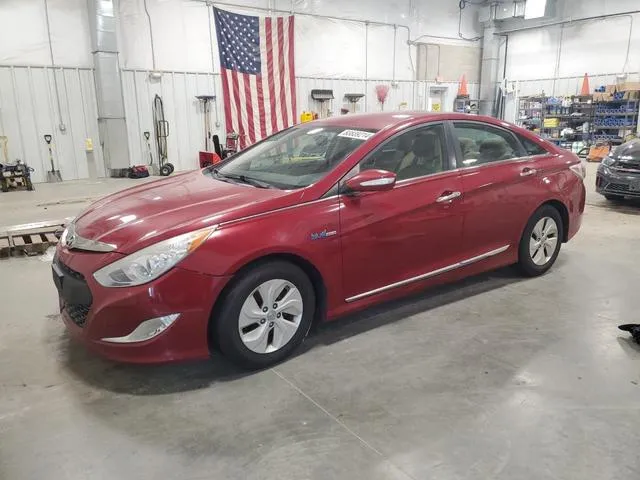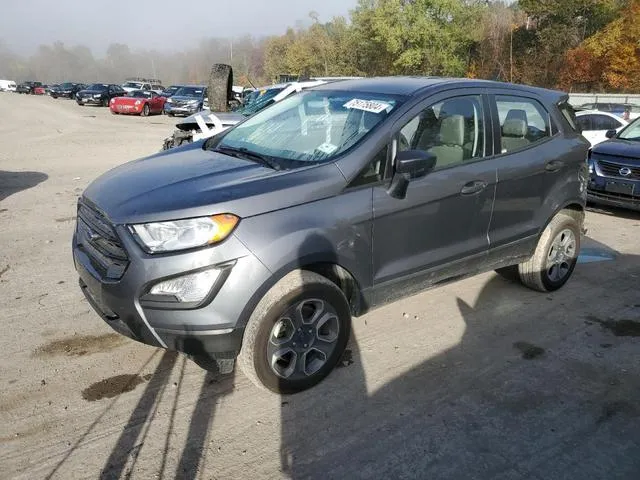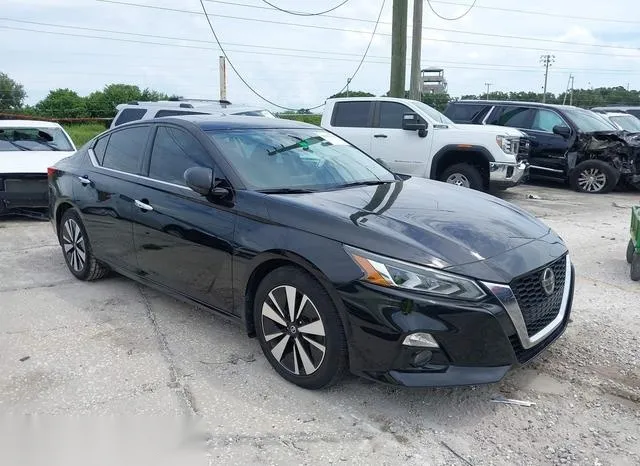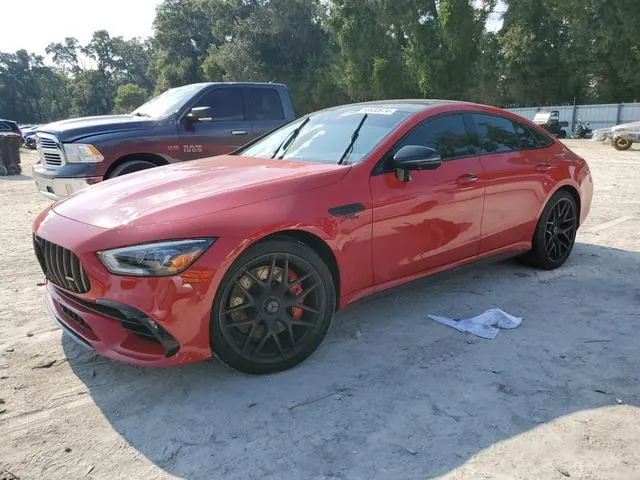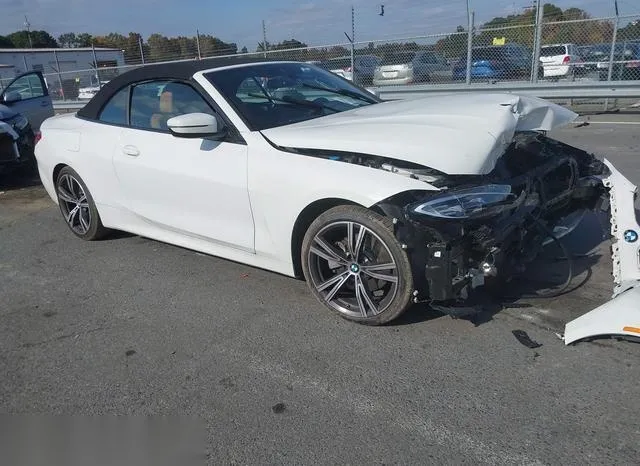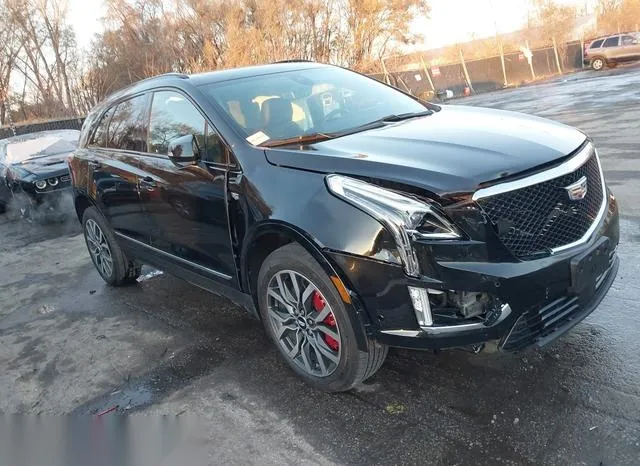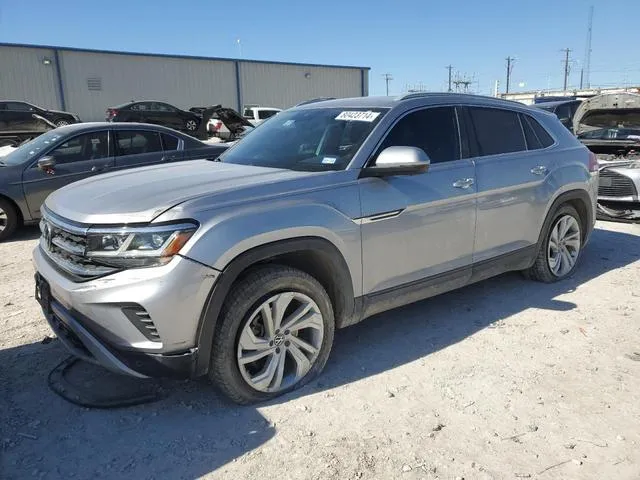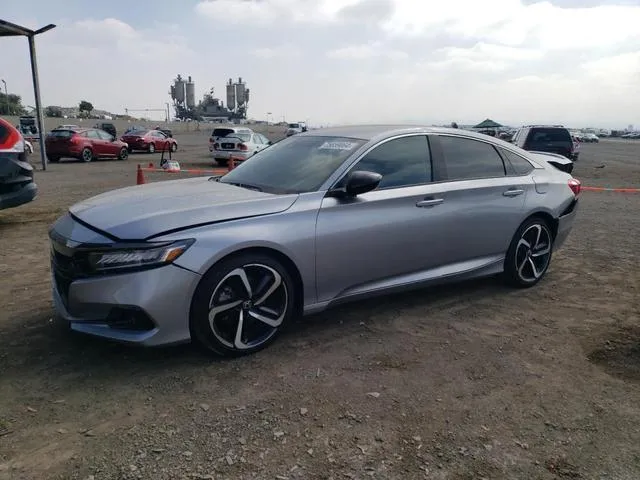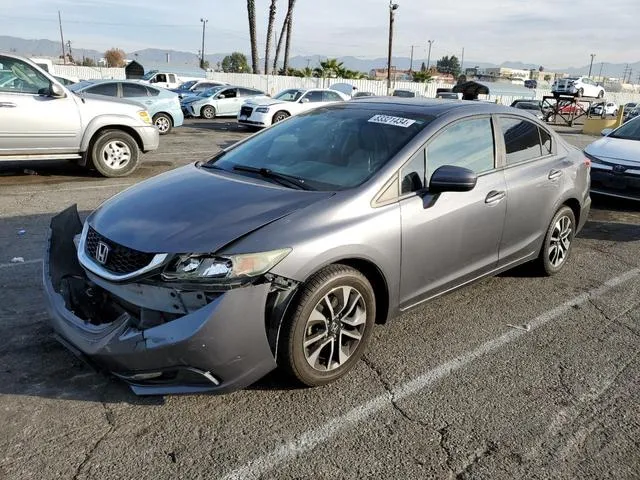The History of Ford: A Legacy of Innovation and American Ingenuity
Ford Motor Company is one of the most iconic and influential car manufacturers in the world. Founded by Henry Ford in 1903, the brand revolutionized the automotive industry by making cars affordable and accessible to the masses. Over the past century, Ford has produced some of the most beloved and recognizable vehicles in history, from the groundbreaking Model T to the powerful Mustang and the best-selling F-Series trucks. This article takes an in-depth look at the history of Ford, its legendary car models, and its enduring impact on the automotive world.
The Founding of Ford and the Model T (1903-1920s)
The Ford Motor Company was founded on June 16, 1903, by Henry Ford and a group of investors in Detroit, Michigan. Henry Ford's vision was to create an affordable car for the average American, and by introducing mass production techniques, he transformed this dream into a reality. His innovative use of the assembly line allowed Ford to produce cars more efficiently and at lower costs than competitors.
The Ford Model T
The Ford Model T, introduced in 1908, became the most significant car in automotive history. Affectionately known as the “Tin Lizzie,” the Model T was affordable, reliable, and easy to maintain. It was the first car to be mass-produced on an assembly line, drastically reducing production costs and making car ownership accessible to the general public. By 1927, over 15 million Model Ts had been produced, making it one of the best-selling cars of all time. The success of the Model T cemented Ford’s place as a dominant force in the industry and paved the way for modern mass production techniques.
| Model | Years of Production | Description |
|---|---|---|
| Ford Model T | 1908-1927 | Known as the “car that put the world on wheels,” the Model T was affordable, reliable, and mass-produced, revolutionizing the automotive industry. |
Ford Expands: The 1930s and 1940s
In the 1930s and 1940s, Ford continued to grow and expand its product lineup. The Great Depression challenged the auto industry, but Ford persevered by introducing models that catered to changing consumer needs. The company also played a significant role in World War II, manufacturing military vehicles and equipment, such as the famous Ford GPW Jeep.
Ford V8 Engine and the Model 18
In 1932, Ford introduced the world’s first affordable V8 engine, revolutionizing automotive performance. The flathead V8 engine was a game-changer, offering more power at a lower cost. It was first used in the Ford Model 18, which became popular for its combination of speed and affordability. The V8 engine was a favorite among hot-rodders and helped Ford establish a reputation for performance.
| Model | Years of Production | Description |
|---|---|---|
| Ford Model 18 | 1932-1934 | The first mass-produced car with an affordable V8 engine, the Model 18 offered power and performance at a low price, popularizing the V8 engine. |
World War II and Ford’s Military Contributions
During World War II, Ford shifted its focus to producing military vehicles, equipment, and aircraft engines. The company produced hundreds of thousands of vehicles for the war effort, including the famous Ford GPW, a variant of the Jeep used by Allied forces. Ford's contributions to the war played a critical role in the Allies’ success and demonstrated the company’s industrial might.
| Model | Years of Production | Description |
|---|---|---|
| Ford GPW (Jeep) | 1941-1945 | A military utility vehicle produced by Ford for the U.S. Army during World War II, helping Allied forces during the conflict. |
The Post-War Boom: The 1950s and 1960s
The post-war era marked a time of prosperity for Ford, as the American economy boomed and car culture became a defining feature of the 1950s and 1960s. Ford capitalized on this trend by introducing several iconic models that embodied the spirit of the times, including the Thunderbird and, most famously, the Mustang.
Ford Thunderbird
In 1955, Ford introduced the Thunderbird, a personal luxury car designed to compete with Chevrolet's Corvette. The Thunderbird was not just a sports car—it emphasized comfort and style, offering a blend of performance and luxury that appealed to a broader audience. The "T-Bird" became an instant classic and remained a staple of Ford’s lineup for decades.
| Model | Years of Production | Description |
|---|---|---|
| Ford Thunderbird | 1955-1997, 2002-2005 | A personal luxury car that combined performance with style and comfort, becoming one of Ford’s most beloved models. |
The Ford Mustang
The launch of the Ford Mustang in 1964 was a landmark moment not only for Ford but for the entire automotive industry. The Mustang created the "pony car" segment, offering affordable performance and sporty styling for the masses. Its long hood, short rear deck, and aggressive stance captured the imagination of a generation. The Mustang’s success was immediate, with over one million units sold within the first two years of production. The Mustang became an American icon, synonymous with freedom, performance, and youthful rebellion.
| Model | Years of Production | Description |
|---|---|---|
| Ford Mustang | 1964-Present | One of the most iconic cars in automotive history, the Mustang defined the pony car segment and became a symbol of American performance and culture. |
The 1970s and 1980s: Challenges and Innovation
The 1970s brought new challenges to the automotive industry, including rising fuel prices and stricter emissions regulations. Ford adapted by introducing more fuel-efficient models, while continuing to innovate with new technologies. In the 1980s, Ford made a major comeback with models like the Ford Taurus and the Ford F-Series trucks, which became dominant in their respective segments.
Ford F-Series
The Ford F-Series, first introduced in 1948, became the best-selling truck in America by the late 1970s and has remained so ever since. The F-Series trucks are known for their rugged durability, powerful engines, and versatility. The F-150, in particular, became a workhorse for millions of Americans, used for everything from construction to farming. The F-Series has consistently been the best-selling vehicle in the United States since 1981.
| Model | Years of Production | Description |
|---|---|---|
| Ford F-Series | 1948-Present | America's best-selling truck for decades, known for its toughness, versatility, and reliability, especially the popular F-150 model. |
Ford Taurus
In 1986, Ford launched the Ford Taurus, a mid-size family sedan that revolutionized the American car market with its aerodynamic styling, front-wheel-drive layout, and advanced safety features. The Taurus was a huge success, helping Ford regain its position in the sedan market and setting a new standard for American car design.
| Model | Years of Production | Description |
|---|---|---|
| Ford Taurus | 1986-2019 | A groundbreaking mid-size sedan that introduced modern styling and technology to American family cars, becoming a huge sales success. |
The 21st Century: Ford Embraces Modern Technology
As the automotive industry moved into the 21st century, Ford continued to innovate with new technologies and designs. The company embraced the shift toward fuel efficiency and sustainability, introducing hybrid and electric models to meet changing consumer demands. Ford also expanded its lineup of trucks and SUVs, capitalizing on the growing popularity of these segments.
Ford EcoBoost Engines
In the 2010s, Ford introduced its EcoBoost engine lineup, which uses turbocharging and direct injection to deliver better fuel efficiency without sacrificing performance. EcoBoost engines became a core part of Ford's strategy, especially in its trucks and SUVs, where the balance of power and efficiency is crucial. The F-150, equipped with EcoBoost engines, continued to dominate the truck market, offering better fuel economy alongside its legendary toughness.
Ford Explorer
The Ford Explorer, first introduced in 1990, became one of the most popular SUVs in America. It helped define the modern SUV segment, offering a family-friendly vehicle with off-road capability and the comfort of a car. Over the years, the Explorer has evolved to meet the needs of changing consumer preferences, incorporating advanced safety and infotainment features while maintaining its rugged versatility.
| Model | Years of Production | Description |
|---|---|---|
| Ford Explorer | 1990-Present | A popular mid-size SUV that helped define the segment, offering a blend of rugged capability and family-friendly comfort. |
Ford Mustang Mach-E
In 2020, Ford introduced the Mustang Mach-E, an all-electric SUV inspired by the iconic Mustang. The Mach-E represents Ford’s push toward electrification, offering impressive performance, cutting-edge technology, and zero emissions. It marked a bold step into the future of electric vehicles while honoring Ford’s performance heritage.
| Model | Years of Production | Description |
|---|---|---|
| Ford Mustang Mach-E | 2020-Present | An all-electric SUV that combines the performance heritage of the Mustang with modern EV technology, marking Ford's entry into the electric vehicle market. |
Ford's Commitment to the Future: Electrification and Sustainability
In recent years, Ford has doubled down on its commitment to electrification and sustainability. The company plans to invest billions of dollars in electric vehicle development, aiming to produce a full lineup of electric cars, trucks, and SUVs by the mid-2020s. In 2021, Ford unveiled the all-electric F-150 Lightning, a fully electric version of its best-selling truck, which promises to be a game-changer in the EV market.
Ford’s dedication to innovation, from the assembly line to electric vehicles, has ensured its place as one of the world’s most important car manufacturers. As the company looks toward the future, it continues to honor its past by building on the values of quality, performance, and accessibility that have defined it for over a century.
Conclusion
Ford’s journey from a small workshop in Detroit to a global automotive giant is a testament to the power of innovation and American ingenuity. From the revolutionary Model T to the electric Mustang Mach-E, Ford has consistently pushed the boundaries of what is possible in the automotive world. Today, the company remains a leader in both traditional vehicles and the electric future, shaping the way we move with a focus on sustainability, performance, and technology. With its rich history and a bold vision for the future, Ford continues to be a driving force in the automotive industry.



